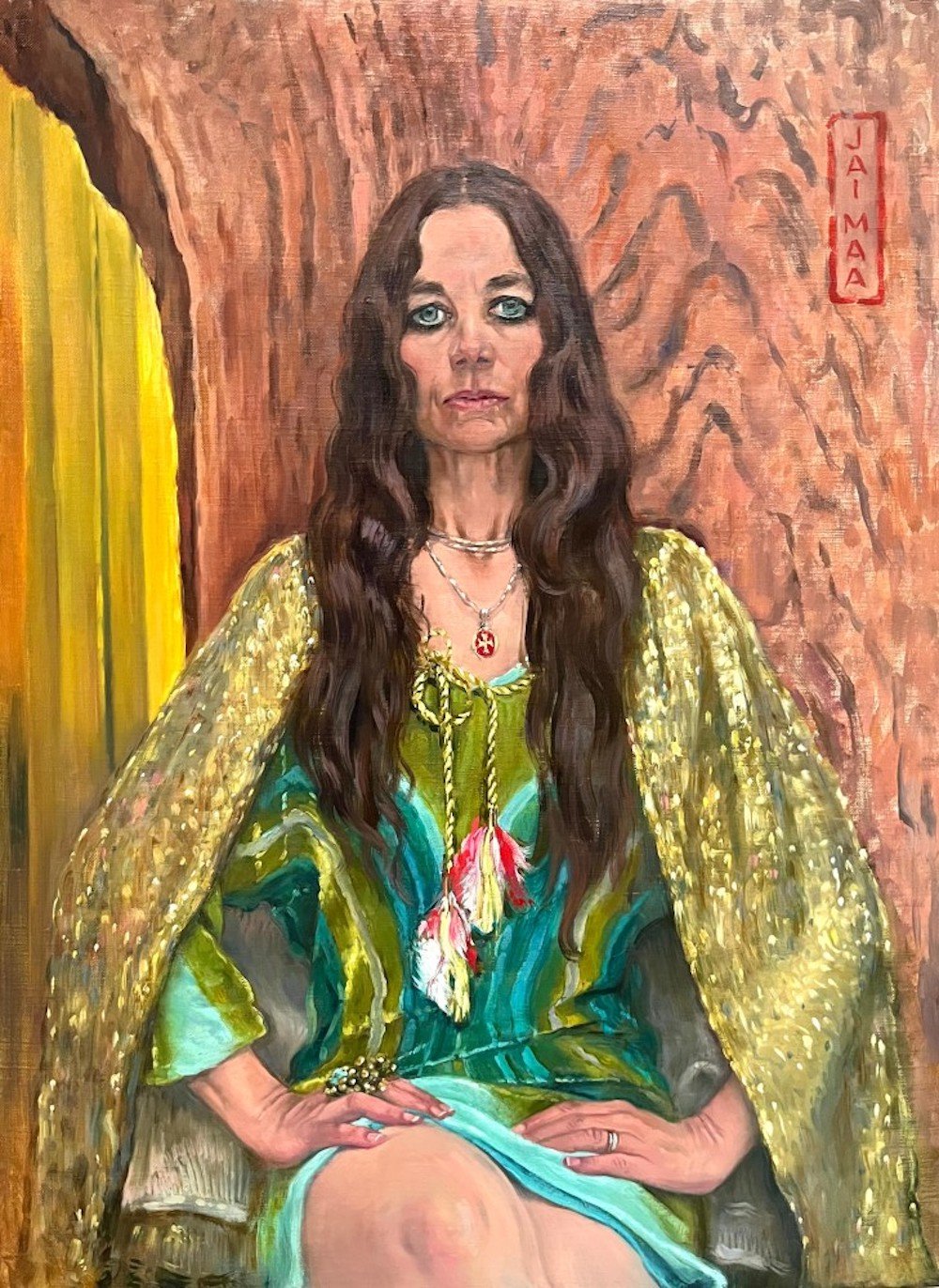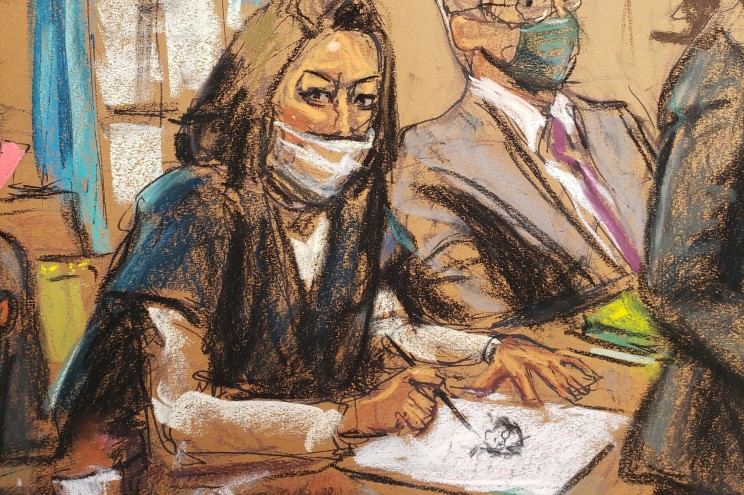kottke.org posts about painting

Thanks to the Instagram account New American Paintings, I recently came across the work of Los Angeles-based artist Delia Brown, including the above portrait, “Jai Maa! (Justine II),” which I love. A feature on Brown in Independent Art Fair magazine also includes an awesome painting of hers from 2000 called “What, Are You Jealous?” (probably NSFW).
Someday — someday! — I want to turn down an invitation to something because “I can’t, I’m sitting for my portrait at that time.”
Elsewhere in portraits: King Charles’s, by Jonathan Yeo. “In his interview with the BBC,” the NYT’s Vanessa Friedman writes, “Mr. Yeo noted that when the king first saw the painting, he was ‘initially mildly surprised by the strong color,’ which may be an understatement.”
Many more of Brown’s paintings can be found on her website and Instagram.
I’ve been thinking about something I posted last week — in an excerpt from his new book The Work of Art, former New York magazine editor Adam Moss described the art he makes as bad: “When I left my job, I began to paint more seriously,” he wrote. “That was the beginning of my torment: I just wasn’t very good.” Or as he put it to The New Yorker: “I kind of just wasn’t any good.” Or to Vanity Fair: “I really wanted to be a good painter. What a fucking idiot I was.” Or on NPR, “I really wanted to be good, and it made the act of making art so frustrating for me.”
The book is mostly about how other artists make their work, but I’m currently more interested in what Moss has to say about himself and his art.
Later in the VF and NPR interviews, Moss says that the main lesson he learned from making the book is that with art, it’s the journey not the destination — or, “the making, not the made” (“It’s the most banal observation”) — but of course I still went looking for his paintings online. I want to see them! I didn’t find anything (per the VF article, he hasn’t shared anything publicly yet), but to Moss I say: Show them! Maybe it doesn’t matter if they’re not good. Maybe the worse, the better.

Choire Sicha’s interview with Jane Rosenberg, the courtroom sketch artist currently working on the Ghislaine Maxwell trial in New York, is delightful.
Do you and other courtroom artists ever fight?
Oh, sure. You don’t want to hear all that.
All I want to hear is that!
Oh, no, no. I’m not starting. I get along professionally with most artists. There are some who are just really a problem. It’s not normal, what I put up with from the other ones. I used to have a story every day — they cursed me out! They knocked my pastels over! They’re sly as a fox, they do it when no one’s around, but all the court officers know who they are. They’re not in this trial.
Jeez. It’s much nicer among the reporters!
We compete, also! There’s issues of competition for certain clients. Some of us have our set clients, and there’s stealing going on, all kinds of backstabbing going on. It’s not all roses. I’m okay with who’s here, and we do what we have to do.
(Rosenberg has been drawing defendants since 1980.)
Agnes Martin is one of my favorite painters. Her advice for how to make progress in life ties in nicely with the articles I posted on options, gusto, and blogging.
To progress in life you must give up the things you do not like. Give up doing the things that you do not like to do. You must find the things that you do like. The things that are acceptable to your mind.
And as long as we’re on the subject (you didn’t think we were even on a subject, did you?), I’m a fan of how Maciej is displaying his oil paintings. For each of his newer paintings (like this one of a West Village scene), he’s documenting the progress of the work as it goes along so you can see how the painting becomes a painting.
Update: Eric writes that he uses this technique for displaying how his art progresses as well (sample).
A history and examination of paint by number. “It invited people who had never before held a paintbrush to enter a world of art and creativity.”







Stay Connected